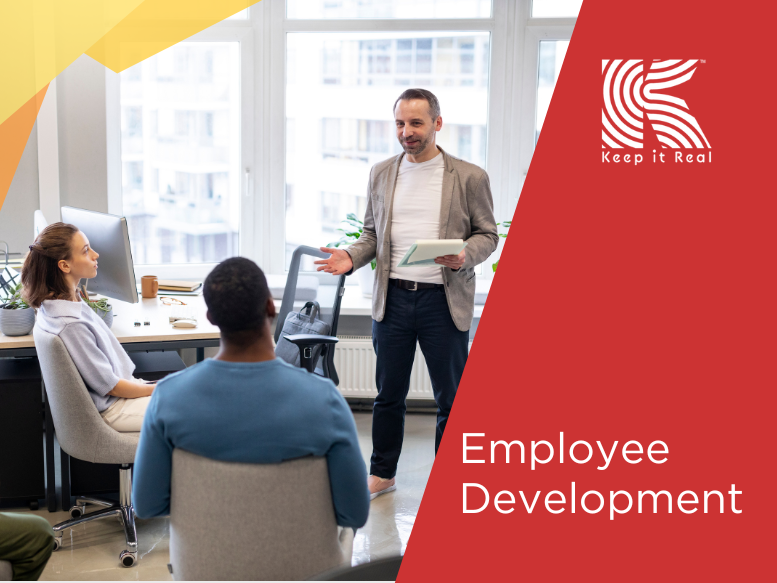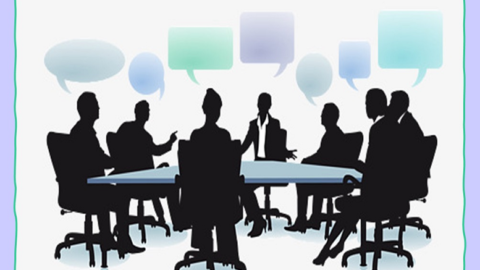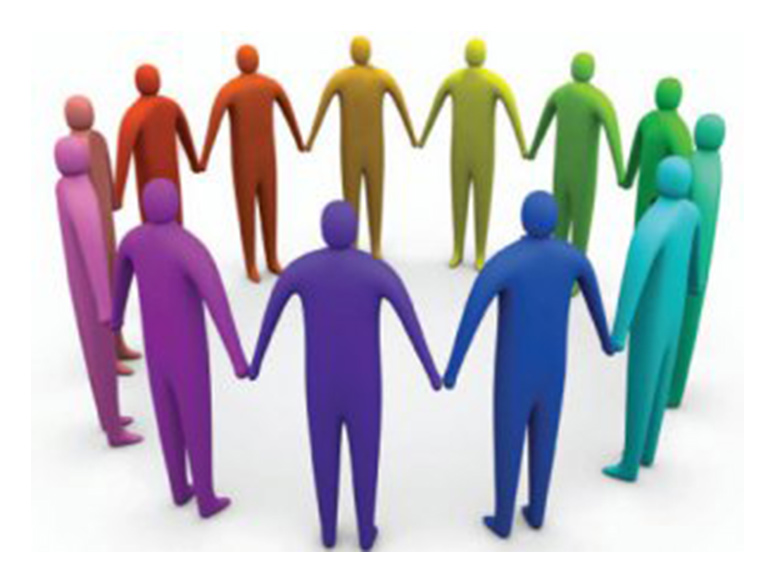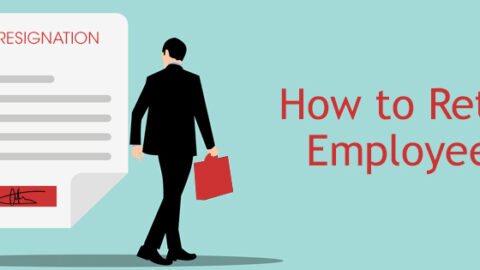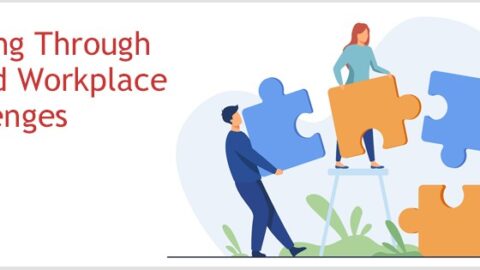Employee development is a strategic process of helping people to enhance their skills, knowledge, abilities, and performance in places that they value the most.
Many researchers have identified a correlation between an employee’s personal and professional development, and an organization’s growth as a whole.
Increased job satisfaction, higher employee engagement, improved retention, enhanced productivity, and a more skilled and adaptable workforce are some of the benefits of employee development.
Companies that invest in their employees’ development demonstrate a commitment to their growth, which can lead to a positive organizational culture and a competitive edge in the market.
If you want to keep your people and grow your business, you must provide opportunities for your team to learn and grow. The best way to do that is by creating and implementing effective employee development programs.
Here’s How.
Ensure roles and responsibilities are well-defined.
Roles often morph over time as responsibilities expand or business needs change. This can be frustrating to the individual in the role – and detrimental to the team/organization – if training around new skill requirements and responsibilities isn’t included with the change. It’s also difficult to hire for, train for or promote someone into that role if you haven’t updated the current skills and responsibilities for the role.
Create career path outlines.
Employees want to know what growth opportunities are available in the organization. Create career path outlines for each job family to help employees build personal development plans.
Make performance management an ongoing process.
The annual performance review – dreaded by managers and hated by employees – typically focuses on weaknesses and rarely includes a development component. How inspiring is that? Effective performance management is a continuous process (not an event) and consists of a development component that builds on strengths and develops areas that are not strengths.
Develop for future needs.
Development plans should consider organizational goals and the skills and behaviors employees will need to contribute to achieving those goals. They should also take into account the skills and behaviors employees will need in the future to succeed (yes, even if it’s not in your organization). Make a list of top skills required and design training programs to help them acquire those skills.
Consider employee goals and interests.
It’s also essential that individual employee career goals and personal interests be considered. All too often, employees have skills and talents that are under-utilized. Take the time to identify, develop, and leverage those hidden talents and unspoken interests. Employees want to use their strengths and feel that they’re contributing to the organization in a meaningful way.
Implementing and supporting leadership development and training programs for your employees will help them grow and develop their style and prepare them to lead their teams in the future.
Till the next time, keep it real.
Karen

